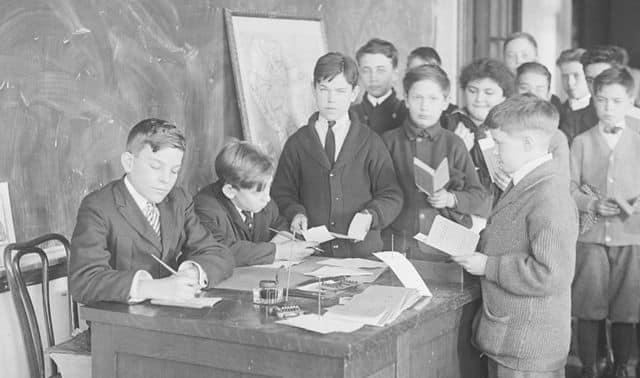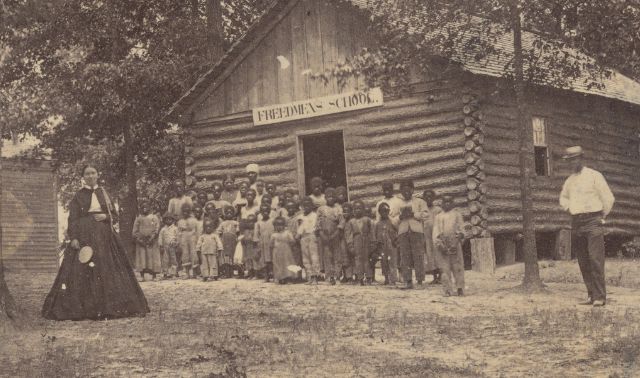They will not allow me to go home, and I must write these things down for fear I forget. It will help to pass the time away. It is very hard to endure this prison life, and know that my sons think me insane when I am not.How unkind Mrs. Mills is today; does she think this sort of treatment is for the good of our health? I begged for milk today, and she can’t spare me any; she has not enough for all the old women, she says. I don’t wish to deprive any one of that which they require, but have I not a right to all I require to feed me and make me well? All I do need is good nourishing food, and I know better than any one else can what I require to build me up and make me as I was before I met with this strange change of condition. I remember telling the Doctor, on his first visit to my room, that I only needed biscuit and milk and beef tea to make me well. He rose to his feet and said, “I know better than any other man.” That was all I heard him say, and he walked out, leaving me without a word of sympathy, or a promise that I should have anything. I say to myself (as I always talk aloud to myself when not well), “You don’t know any more than this old woman does.” I take tea with Mrs. Mills; I don’t like to look at those patients who look so wretched.
In 1885, 62-year-old May Huestis Pengilly self-published her Diary Written in the Provincial Lunatic Asylum. She dedicated it to the “Province of New Brunswick, and the State of Massachusetts,” to show the public the “inner workings of their Hospitals and Asylums, and prompt them to search out better methods of conducting them, as well for the benefit of the superintendent as the patient.”
Throughout history, many sane women have been institutionalized. Commitment was a viable solution for husbands who wanted to “get rid” of their wives. In some states, a husband desiring to marry someone else could divorce his wife on grounds of insanity. A man who couldn’t sell his wife’s land without her release of dower might try to have her declared insane and incompetent. Some men committed their wives simply for being outspoken. Women also were committed for what we now call postpartum depression, menopause or bipolar disorder. Some had mental illnesses that today are controlled with medicine.
On the 1840, 1850, 1860, 1870 and 1880 federal population censuses, look in the column that denotes “insane” persons. A mark for your ancestor is a signal to check other historical records. If the mark is on the 1880 census, look for the corresponding 1880 Schedule for the Defective, Dependent and Delinquent Classes, some of which are digitized at Ancestry.com. Also check probate files, surrogates’ court records and divorce records.
If you find the name of an asylum, contact local and state historical societies about historical records. Even older institutional records are generally restricted, but you may be able to get admittance records.
From the October/November 2012 issue of Family Tree Magazine.



